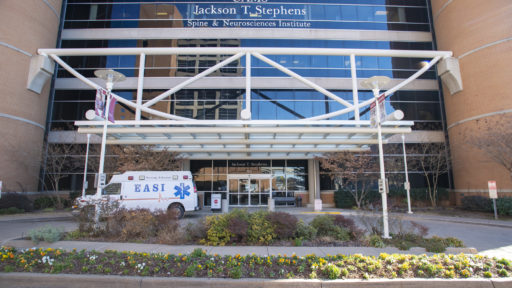Also called: Hemorrhagic Stroke
A stroke is a medical emergency. There are two types - ischemic and hemorrhagic. Hemorrhagic stroke is the less common type. It happens when a blood vessel breaks and bleeds into the brain. Within minutes, brain cells begin to die. Causes include a bleeding aneurysm, an arteriovenous malformation (AVM), or an artery wall that breaks open.
Symptoms of stroke are:
- Sudden numbness or weakness of the face, arm or leg (especially on one side of the body)
- Sudden confusion, trouble speaking or understanding speech
- Sudden trouble seeing in one or both eyes
- Sudden trouble walking, dizziness, loss of balance or coordination
- Sudden severe headache with no known cause
It is important to treat strokes as quickly as possible. With a hemorrhagic stroke, the first steps are to find the cause of bleeding in the brain and then control it. Surgery may be needed. Post-stroke rehabilitation can help people overcome disabilities caused by stroke damage.
National Institute of Neurological Disorders and Stroke
Courtesy of MedlinePlus from the National Library of Medicine.
Syndicated Content Details:
Source URL: https://medlineplus.gov/hemorrhagicstroke.html?utm_source=mplusconnect&utm_medium=service
Source Agency: National Library of Medicine


